Workshop on Economic Complexity, Geography and Innovation 2025 at Harvard Kennedy School
June 3 , 2025

It was an honor to present at the 2nd Economic Complexity, Geography, and Innovation Workshop at Harvard University Kennedy School, where I had the chance to learn from scholars whose influencial work on economic complexity, geography, and innovation, has sparked my interest in the field.
The presentation was about the use of open source and web scraped data on predicting innovation performance, introducing a data-driven approach to identifying and understanding emerging innovation ecosystems, and highlighting the unique characteristics that set them apart. The study aims to provide insights for policy design and implementation, particularly in regions with less established innovation ecosystems.
🔹Huge thanks to Pierre-Alexandre Balland, Muhammed Ali Yildirim, and Harvard's Growth Lab for organizing and inviting us to be part of this incredible workshop!
🔹Special thanks to Christina Kakderi & Nikos Komninos, as well as my advisors at UC Berkeley College of Environmental Design and Dimitris Belivanis for the continuous support and inspiration.
#economicgeography #innovationgeography #urbangrowth #innovationecosystems #innovationdeterminants
1st Screenless City Conference at Sorbonnes Center for Artificial Intelligence.
November 12 , 2024
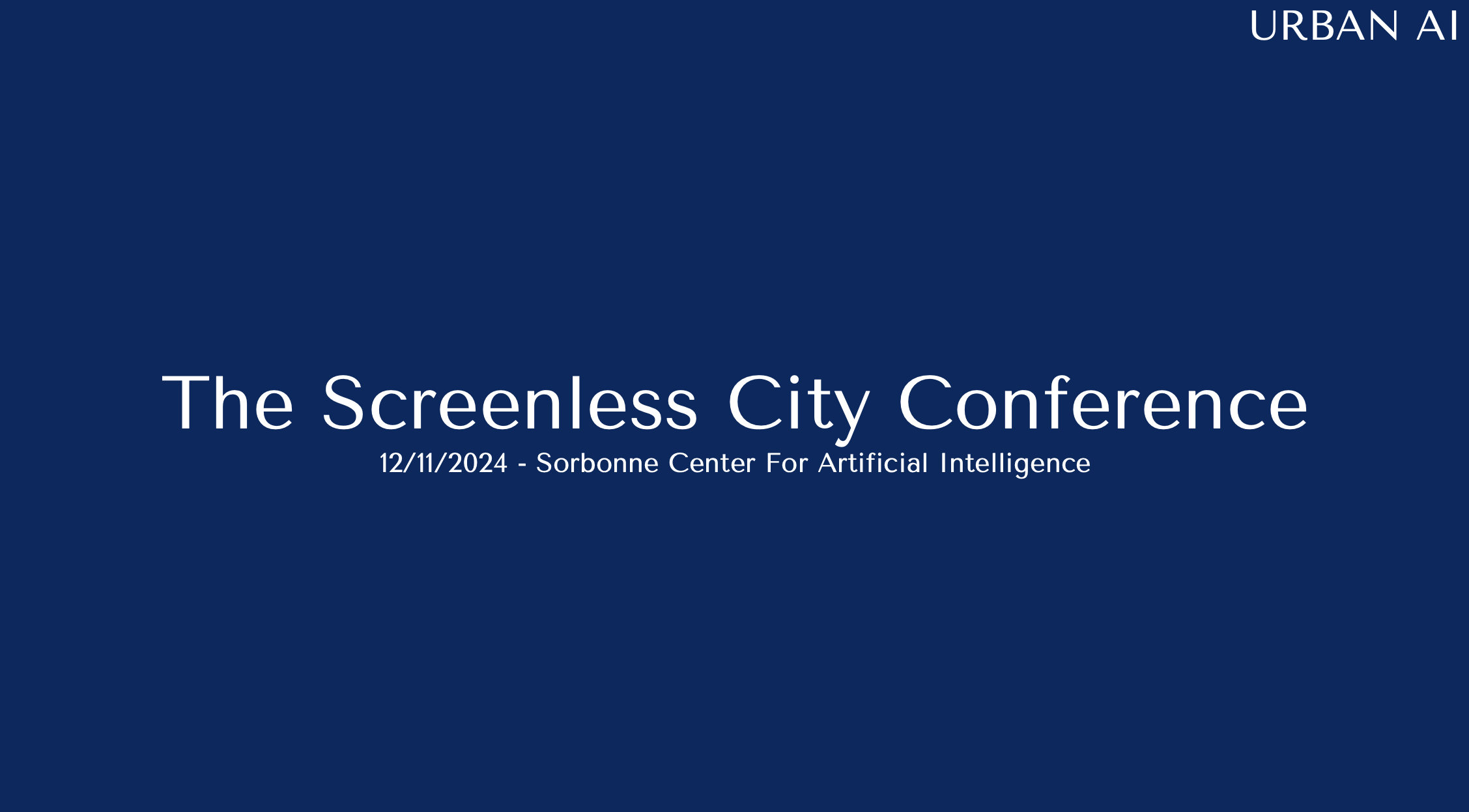
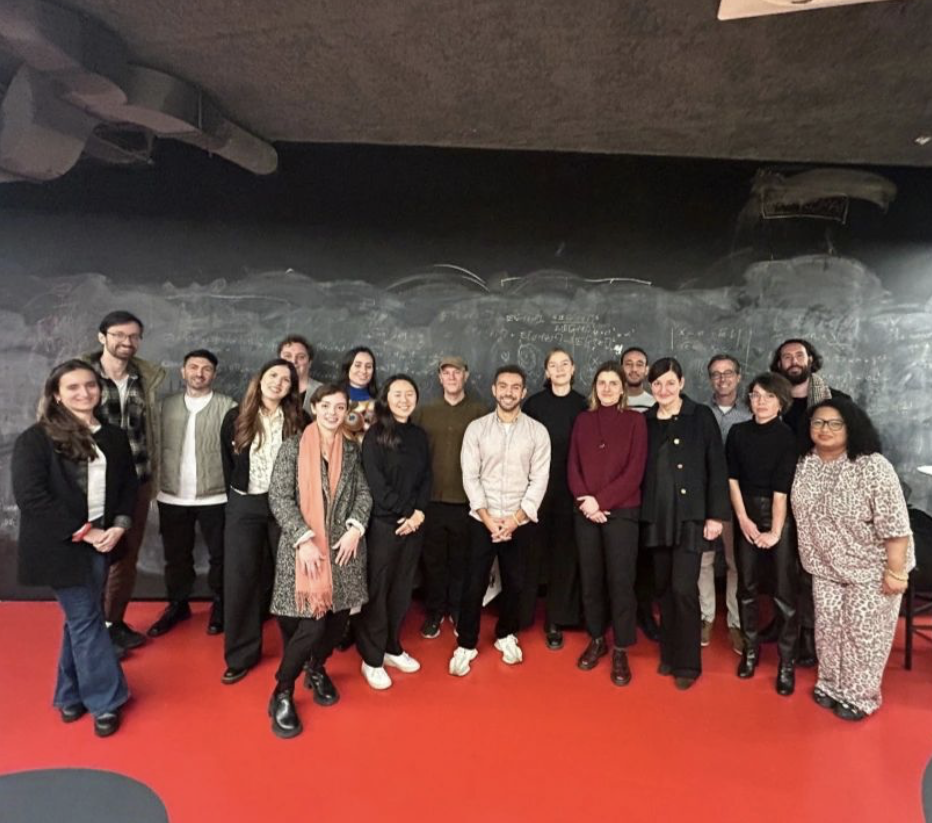
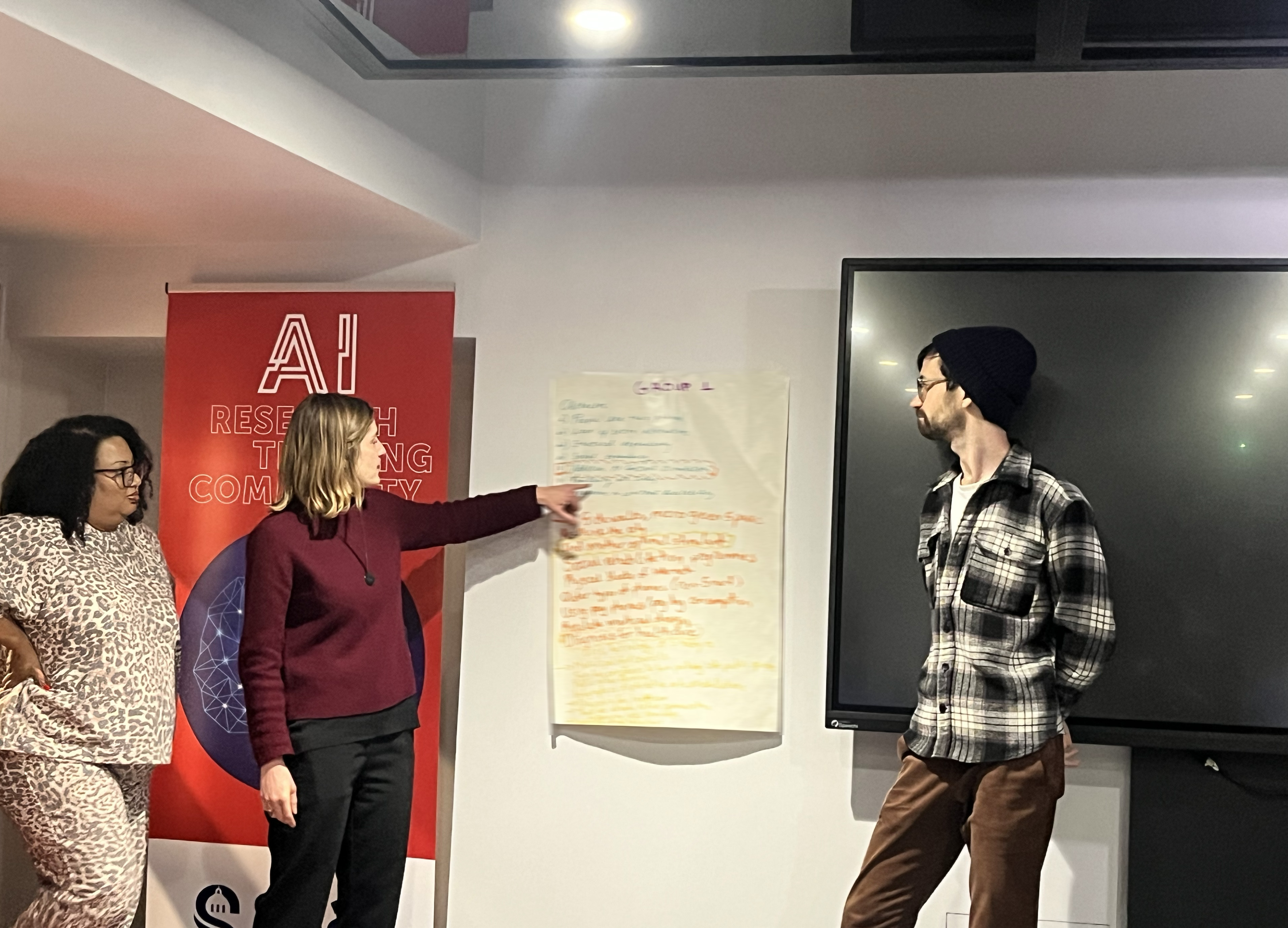
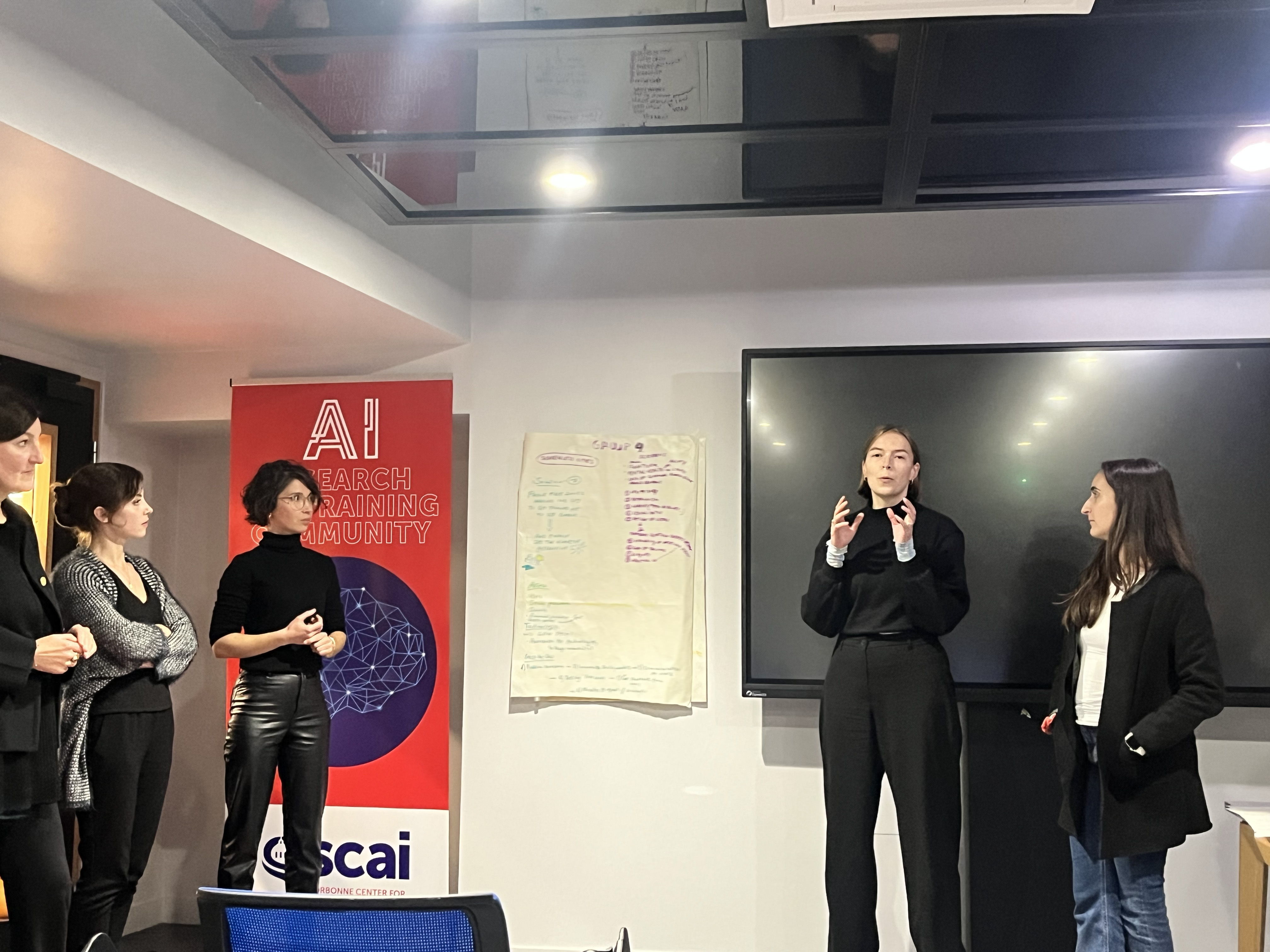
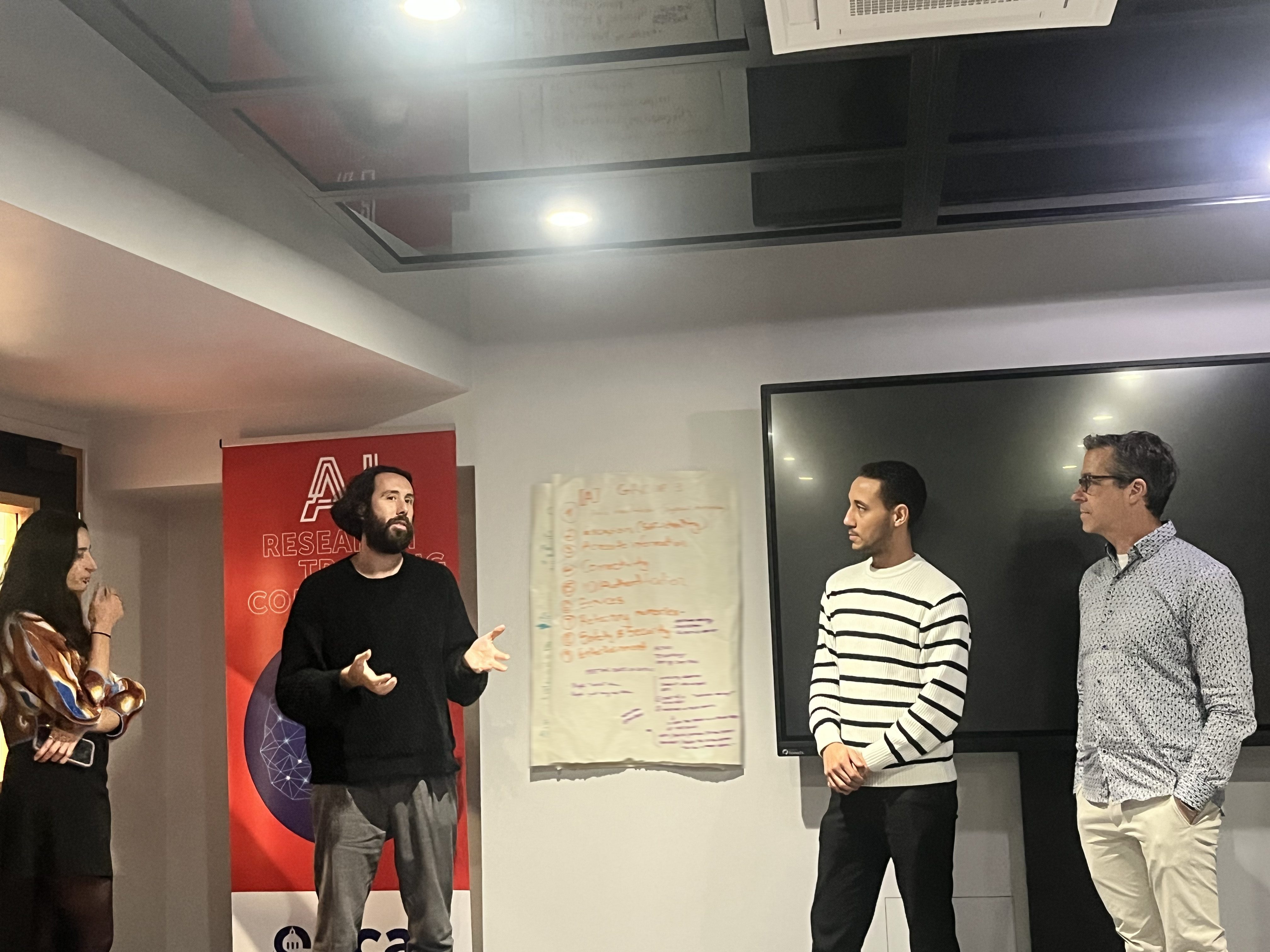
🇫🇷 12 November 2024 was a day to remember as the 1st #ScreenlessCityConference took place at SCAI (Sorbonne Center for Artificial Intelligence) in Paris.
Here's a glimpse of the dynamic ideas and innovations that were part of the first sessions of the day: These first explorations were made possible by inspiring speakers and enthusiastic participants.
📌 The day started with a keynote speech: Mauro Carbone reshaped how we think about digital interfaces with a thought-provoking talk on screen philosophy.
💬A panel discussion on 'Playable Cities': Eric Gordon, Furaha Asani, PhD, and antoine bidegain dived into the potential of urban spaces as platforms for play and interaction.
🏙️ The next session was about the 'Architecture of Information': Caroline Goulard enlightened us on designing intuitive, human-focused information systems for urban living.
💡Then, a Live Innovation by Bret Victor who presented the Realtalk, a screenless computer that reimagines how we interact with technology.
📱 The Conference wasn’t about rejecting tech; it was about using it better, asking a radical question: What if tech enhanced your life without stealing your attention?
What happened at this first Screenless City Conference?
A group of researchers, tech entrepreneurs, urban planners, designers and other professionals discussed on:
- Alternative Interfaces: How to integrate tech into urban spaces without anyone noticing (until they need it).
- Attention From Screens to Streets: The rise of ambient computing in public spaces could facilitate this vision.
- The Aesthetic of Absence: Why the best tech doesn’t demand your attention—it earns it.
These were some of the afternoon presentations on Embodied Urban Interfaces:
◦Spatial Intelligence: Violet Whitney and William Martin showcased pioneering research on spatial AI that could transform cities.
◦A Conversation with Nature: Julia Zimmermann and Henriette Närger bridged technology and the environment—letting us talk to a tree!
◦Design Meets Disruption: Rachele Didero presented an interesting collection of garments infused with AI to confuse facial recognition.
◦Data in Art: Lou Parisot brought energy data to life through mesmerizing urban sculptures.
🏙️ For one day, we came together to rethink how we live, work, and connect through today’s technologies. We all left with fresh ideas and inspiration to reimagine the future of urban life.
Special thanks to Hubert Beroche for orchestrating this event, a pleasure to co-organize with Olivier Aïm, and Chevet—thank you for the great collaboration and vision.
“A Spatial Analysis of Innovation Determinants” presented at 60th ISOCARP World Congress
October 10 , 2024


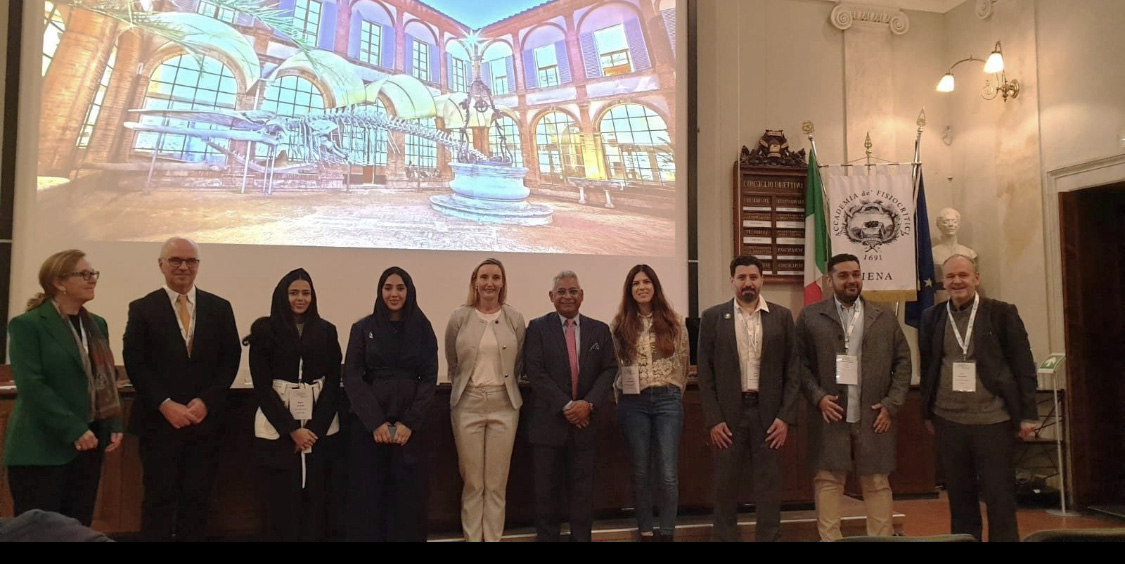
I feel honored to present at the 60th (Diamond Anniversary Series) ISOCARP - International Society of City and Regional Planners World Congress, “𝗥𝗲𝗶𝗻𝘃𝗲𝗻𝘁𝗶𝗻𝗴 𝗧𝗵𝗲 (𝗜𝗻)𝘃𝗶𝘀𝗶𝗯𝗹𝗲 𝗖𝗶𝘁𝗶𝗲𝘀” in Siena, Italy 🇮🇹 | October 2024. Amidst the beautifully preserved heritage landscape of Siena, we explored the future of cities and the technologies we're using to enhance our living.
Thank you so much Olusola Olufemi, PhD, for the great moderation of our session on "#Innovation, #creativity, #legacy: #Cities of/for #Tomorrow". Great insights from all the speakers including Mani Dhingra, Ph.D. and Jack R. Lehane who discussed the Twin4Resilience project through which they are exploring the concept of #digitaltwins for public sector planning for the city of Dublin.
-A highlight of the Congress was the presentation from Professor Carlos Moreno on the concept of #proxilience and the crucial role of proximity in the context of sustainable economic geography and community resilience. He discussed the urgency to foster mixed-use neighborhoods in order to enhance the quality of life, reduce carbon footprints, and strengthen social cohesion..
- Chris Elisara emphasized the power of #UrbanStorytelling in fostering social cohesion, noting that continuously updating the narratives of communities is crucial to their vitality and engagement. He presented a study that found that successful cities experiencing #civicrenewal often have communities that are adept at telling their shared stories, as these narratives help unify residents, reflect the city's evolving character, and promote a sense of belonging, which is vital for sustained civic engagement and renewal. The discussion that followed, was moderated by Ali A. Alraouf.
Another highlight of the Congress was the panel discussion moderated by Ulrich Graute, featuring Dr. Sarah Hill , Elisabeth Belpaire and Eric Huybrechts and Dr Sunil Dubey, who discussed the necessity for urban planners to thoroughly examine the ethical implications of AI, ensuring a balance between fostering innovation and addressing the potential risks that cities may face.
Overall, it was an excellent opportunity to connect with fellow urban professionals from both academia and industry. Congrats to the #ISOCARP team for the organization of this great conference!
#ISOCARP2024 #UrbanPlanning #AIinPlanning #WorldPlanningCongress
“Strategies for Sustainable Development” presented at Christopher Kelley Leadership Development Program - AIA Silicon Valley
August 2 , 2024
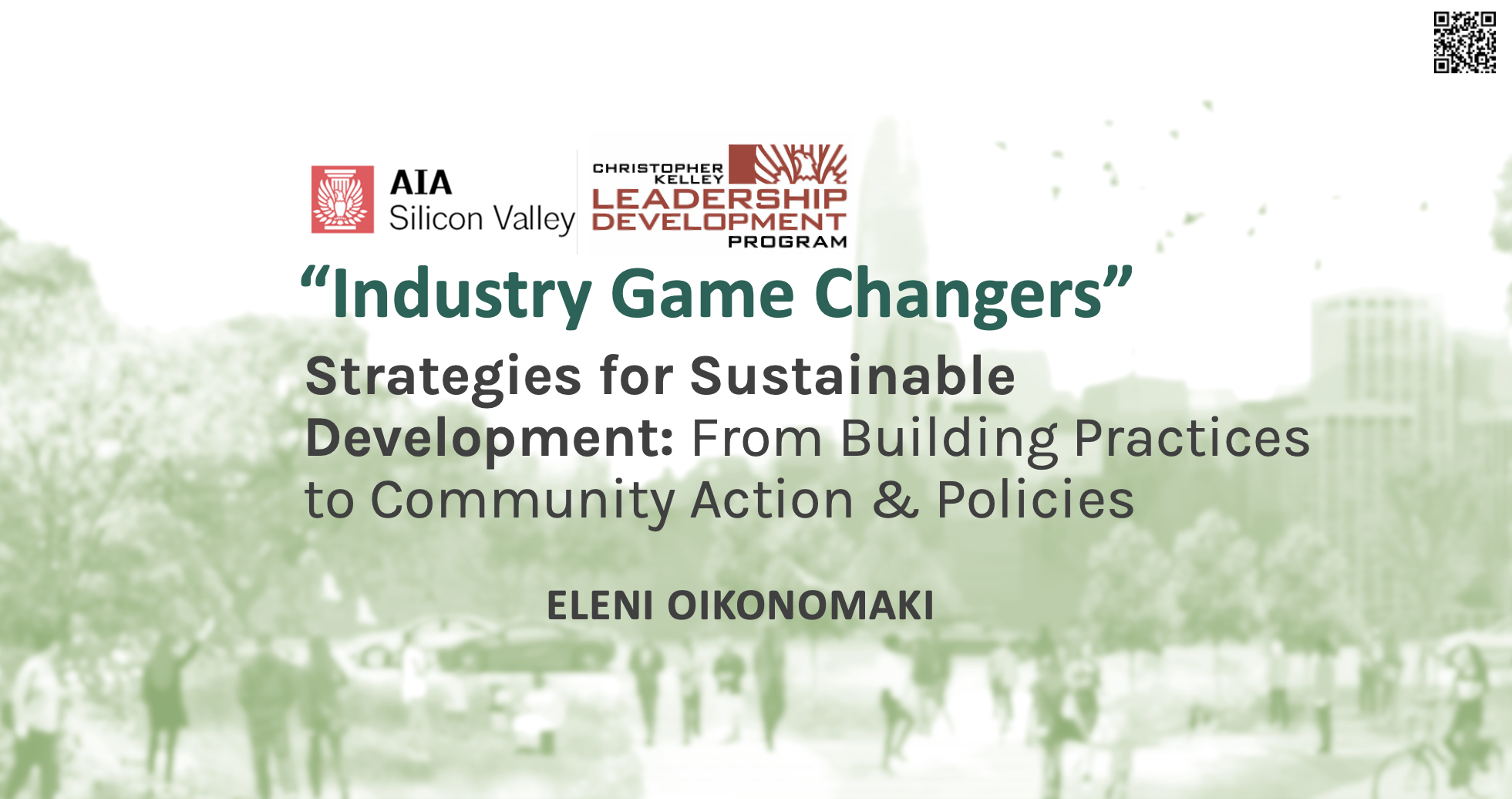
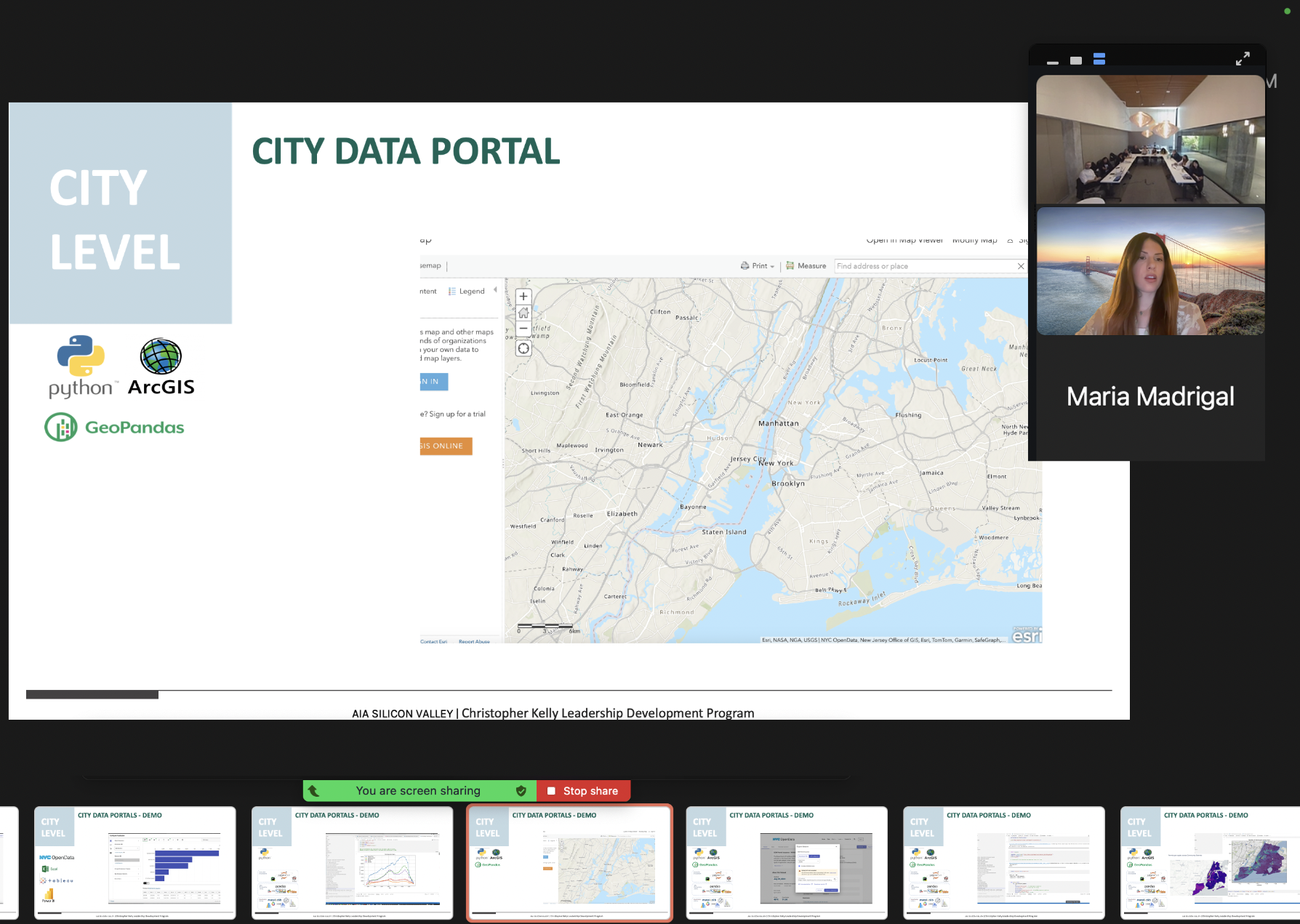
Great to be part of the hashtag#6th session of the #ChristopherKelleyLeadershipDevelopmentProgram #CKLDP #AIASiliconValley on the #IndustryGameChangers. The program aims to train the next generation of leaders in #architecture through a series of nine half-day sessions.
The event was held at the #AIA Center for Architecture and Design, San Francisco and the audience comprised a group of about 16 young #architects participating in a year-long leadership program.
At the building level, we discussed industry trends including #passivehouse standards to minimize #environmental impact through stringent #energyefficiency and #material #sustainability practices, emphasizing the integration of #biophilia and #climateadaptation in architectural design.
At the city level, the presentation focused on the use of #urbaninformatics, #smarttechnologies, such as #IoT and #AI, which can enhance urban #sustainability by improving infrastructure and reducing inequalities.
The rest of the presentations offered a diverse array of topics that engaged the participants, including:
- Cal Poly, SLO Student Housing: Benefits of #Prefabrication, presented by Asheshh Saheba, Partner, Steinberg Hart, Matt Flocks, Chief Operations Officer, FullStack Modular
- #MassTimber and its future in Architecture, presented by Phillip Tidwell, Assistant Professor of Architecture, UC Berkeley
- Live Demonstration of #AlTools in Architecture, presented by Andrew Mikkelsen, BIM Technology Manager, Aegis
Srivarshini, Konstantinos, Madhubala Congratulations on successfully organizing the session!
“The Determinants of the Innovation Districts” presented at BARI 2024 Conference
April 12 , 2024
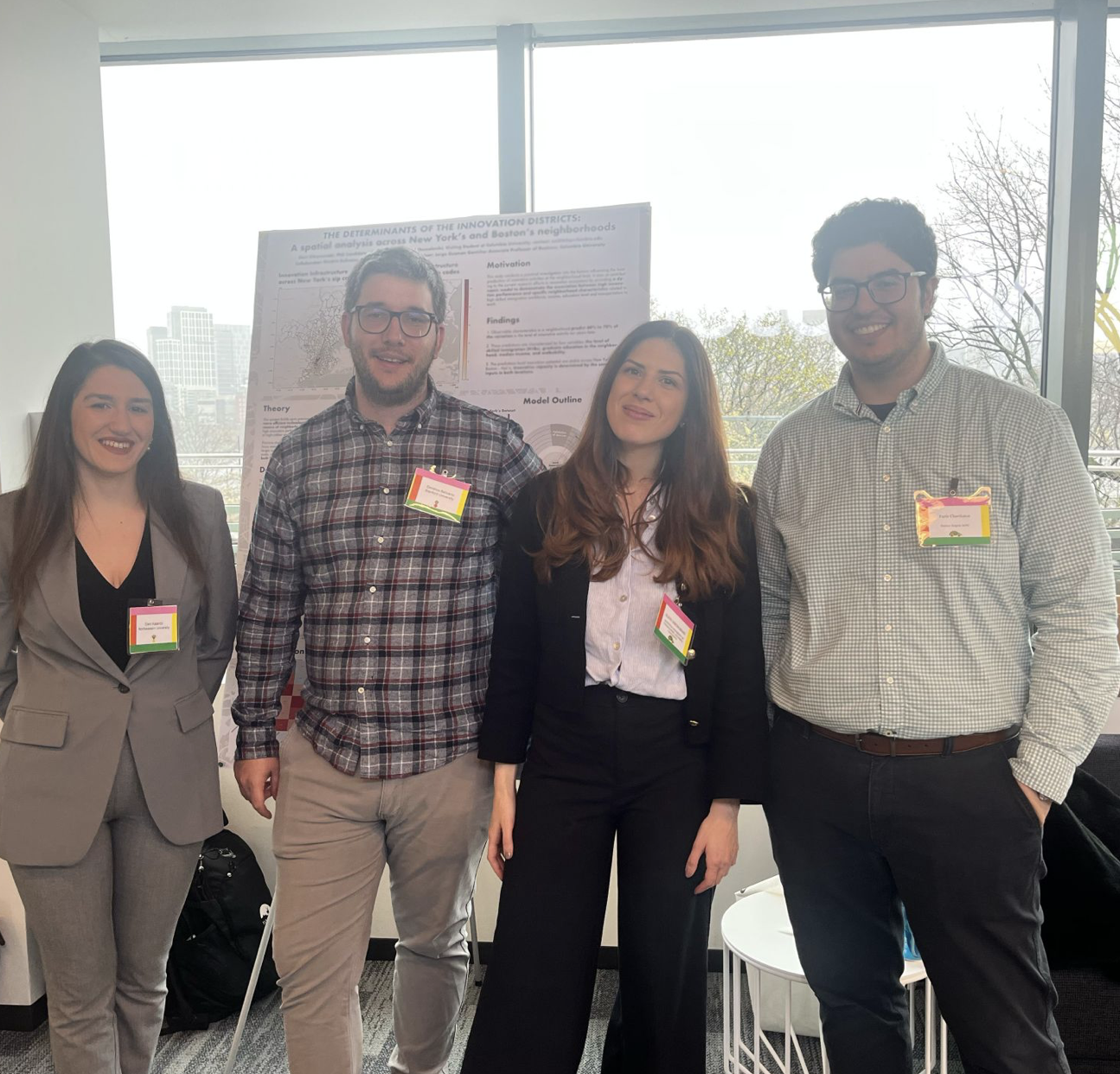

Congrats to the Boston Area Research Initiative team for hosting an outstanding Conference at Microsoft AI Center. It was great sharing our insights, and learning from the latest advancements with fellow professionals in the fields of Urban Informatics and Public Policy, but also presenting current work on 'The determinants of the Innovation Districts', supervised by professor Guzman and supported with valuable insights by professor Kakderi and Dimitris Belivanis. Thank you to everyone who provided feedback for the project and stopped by to chat. The enthusiasm and exchange of ideas were truly inspiring!
For the project, we envision to create a tool that allows policy makers to track the advancement of districts. I would love to continue the conversation, discuss potential collaborations with the city departments and share more about our work.
Looking forward to staying connected with this vibrant community!
#InnovationDistricts
#BigDataAnalytics
#InnovationDeterminants
#InnovationPolicy
“Global urban greening strategies; From policies to community action” presented at Placemaking Europe Week
September 27 , 2023
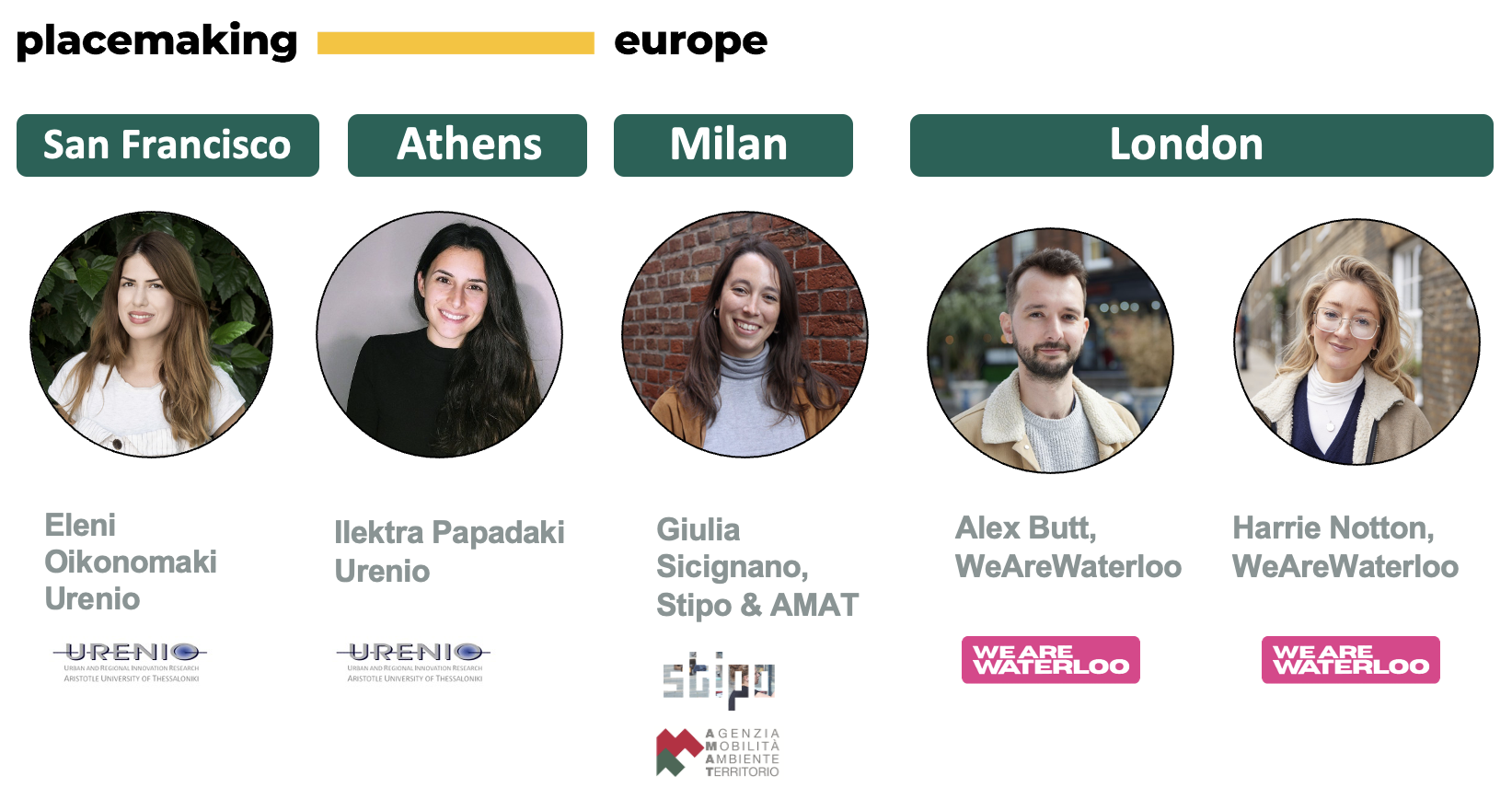
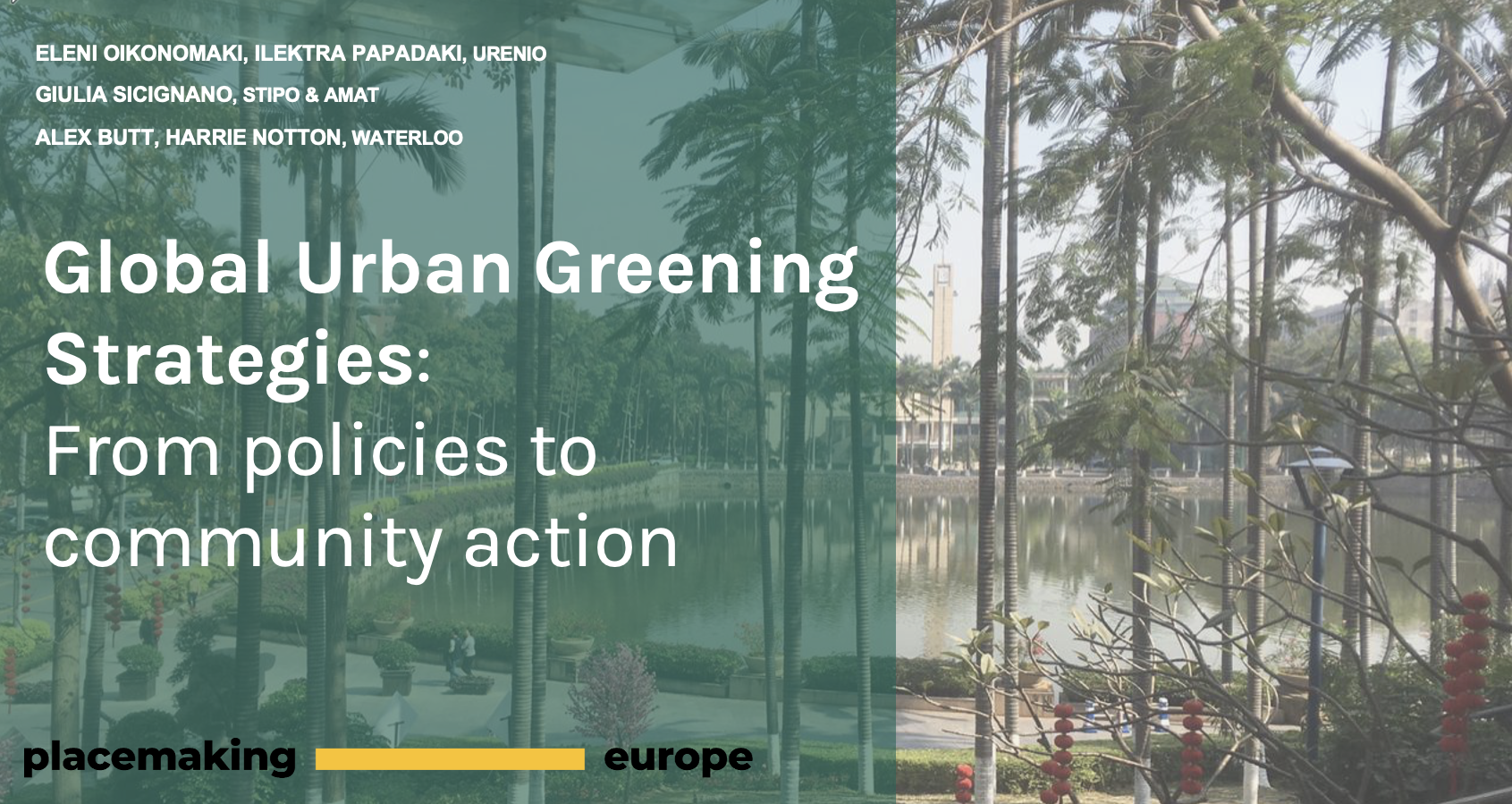

Placemaking Europe Week 2023 is over and I feel grateful to be part of this inspiring event that connects practitioners, academics, community leaders, and policy makers from all over the world to discuss about placemaking for ecology, and civic engagement and place-led development. Strasburg itself was an excellent choice for the event, a place with an emphasis on green initiatives.
With Giulia,Ilektra Alex, Harrie, we had the chance to co-organize the session named "Global Urban Greening Strategies; From Policies to Community Action", where we delved into a comprehensive array of policies spanning international, EU, and local levels. We dissected typologies of interventions, examining strategies for sidewalk, building, neighborhood, and entire city. The central theme was clear: fostering a sustainable urban environment requires a multi-faceted approach.
Two illuminating case studies from Milan and London underscored the transformative power of citizen-driven initiatives. Milan showcased a case of tactical urbanism, where citizens collaborated with local authorities to permanently reclaim urban space.
London presented an alternative model through its WeAreWaterloo Business Improvement District (BID). Local businesses pooled resources and funding to enhance the neighborhoods with green interventions. This approach highlights the potential for public-private partnerships in driving urban greening.
Participants were tasked with discussing urban greening projects where citizens played a pivotal role. In group discussions, they analyzed success factors, identified challenges. It became evident that successful urban greening initiatives hinged on factors such as community engagement, political will, and effective resource allocation.
One of the key questions to the participants was the pivotal role of technology in mobilizing citizens and scaling up initiatives. Our seminar concluded with a resounding affirmation that through harnessing citizen power, embracing technologies, and forging strategic partnerships, we can transform our cities into vibrant, sustainable havens for all.
“A new perspective on the prediction of the innovation performance: A data - driven methodology to identify innovation indicators through a comparative study of Boston’s neighborhoods” presented at HCI 20023
July 28 , 2023
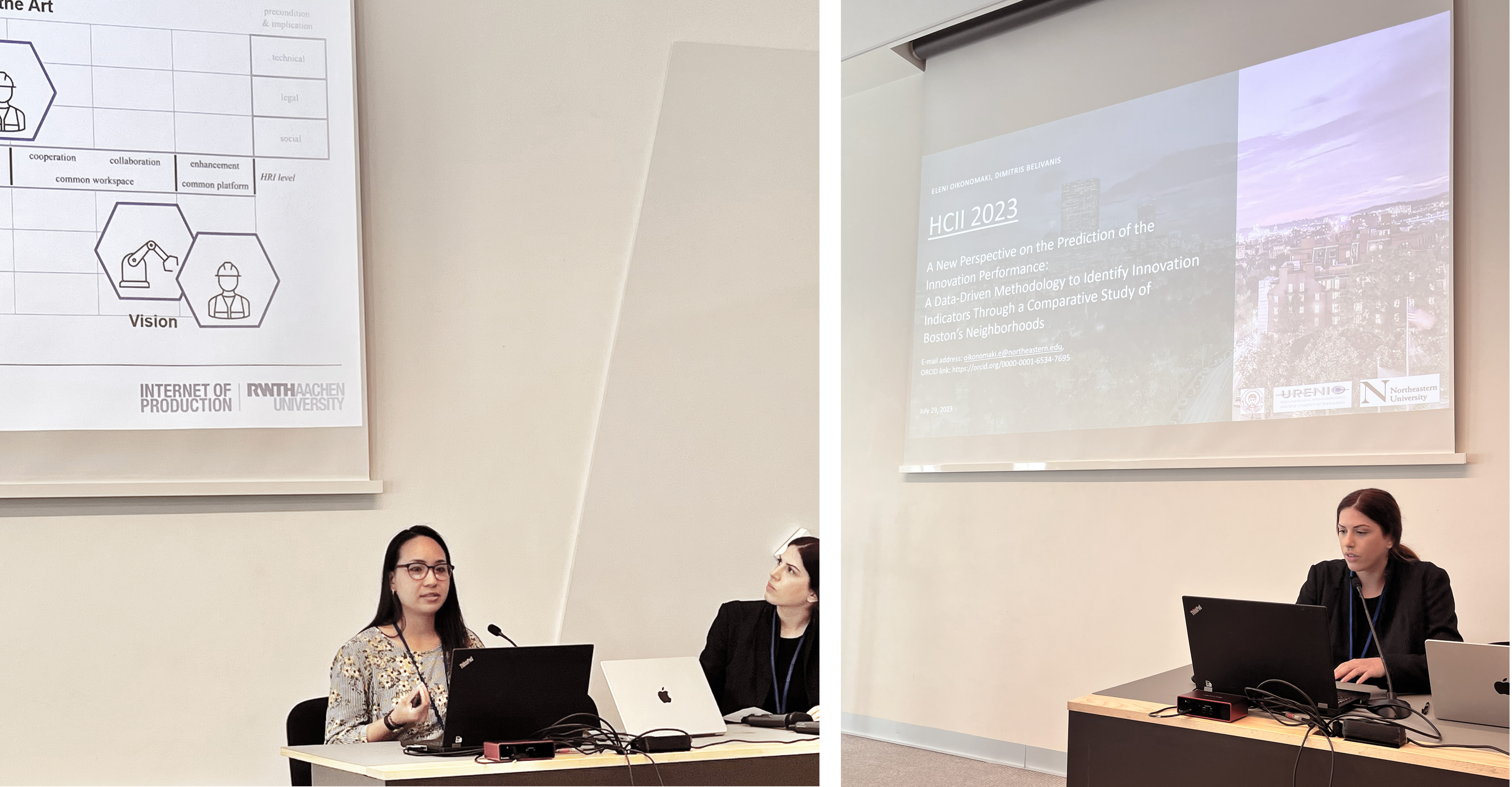
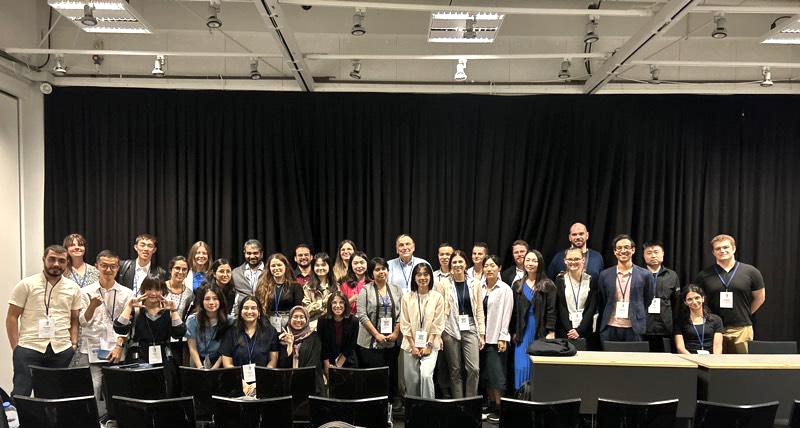
🇩🇰 HCII is over and I am leaving Denmark more inspired and full of many wonderful memories created during my stay. Copenhagen itself served as an ideal location for the event, with Its vibrant atmosphere and pedestrian-friendly urban design.
📊 It was a pleasure to present a segment of my collaborative study with Dimitris. Check out here our recently published paper by springer nature, as part of HCI proceedings in Business, Government and Organizations: https://lnkd.in/dn4vYvXP
🔓 I intend to cherish this experience and the knowledge gained from chairing a session for first time (in place of Professor Abhari), where first Gaayathri Sankar presented an interesting study on automating personas for designing interventions in health care environments and then Minh Trinh followed sharing her insights on safety of human-robot collaboration processes within the internet of production. Both presenters provided valuable perspectives on their respective subjects.
👨🎓 Participating in a mentoring session held by Professor Gavriel Salvendy, a pioneer in the field of human factors and ergonomics was another highlight of the event. The informal session fostered meaningful discussion where prof. Salvendy shared his experience on the challenges participants encounter during their PhD studies. Recognizing and addressing these challenges allows institutions and mentors to provide appropriate resources and support, ultimately nurturing the development of successful and resilient researchers.
“Navigating the green transition during the pandemic equitably: A new perspective on technological resilience aming Boston’s neighborhoods facing the shock”, published as chapter of the book “ New Metropolitan Perspectives: Transition with Resilience for Evolutionary Development”
May 30 , 2023

New study out!
Together with Poya Sohrabi, Nourhan Hamdy Christina Kakderi & Carmelina Bevilacqua we have been working on the chapter 'Navigating the Green Transition During the Pandemic Equitably: A New Perspective on Technological Resilience Among Boston Neighborhoods Facing the Shock' for the book "New Metropolitan Perspectives: Transition with Resilience for Evolutionary Development".
https://lnkd.in/gbaFcmK8
The study is addressing the following question: what was the role that the #pandemic played in accelerating or slowing #Boston’s green investments, and to what extent do different racial and socioeconomic groups invest in #greentechnologies during this period?
Intriguingly, the study’s findings show that racial differences within the city have no significant impact on tech-related expenditures. There is a clear negative correlation between poverty rate and investment, which indicates the reverse relationship between these #socioeconomic factors. The study concludes that city authorities will need to address the challenges of each community achieving green transition with more targeted programs based on its needs.
#Technological #resilience
#bigdataanalytics
#covid19pandemic
#greentransition
#urbaninnovation
#climatechange
#socioeconomicanalysis
#leed
“Enabling real-time & big data driven analysis to detect innovation city patterns and emerging innovation ecosystems at the local level”, presented at HCI International Conference 2022
July 1 , 2022

My attendance at HCII 2022 is over and I can say that I enjoyed participating! Having the chance to listen to interesting talks and deliver my presentation on ‘enabling big data driven analysis to detect innovation city patterns and emerging innovation ecosystems at the local level’, has been an enriching experience.
I was so eager to share my published paper, a first attempt to understand the capabilities of innovation performance measurement toolkits at the sub-regional (local) level to incorporate big data analytics.
Few key points:
> Several studies have concluded with the consideration that local innovation indexes might be useful sources of information for policymakers, given the fact that microregions appear to have specific strengths and weaknesses in terms of innovation and therefore they face specific challenges and require differentiated policies even within a given region.
> Although data mining and big data analysis in the urban environment has grown exponentially in recent decades, the organization and execution of how we interact with this data and use it for identifying innovation city patterns are still in great need of advancement.
#phd #innovationecosystems #bigdata
“Building resilient urban futures by setting a mission for sustainability in the post-oil city and post Covid-19 era”, presented at ISOCARP 2020 World Planning Congress
October 29, 2020
It was such a great honor to present our research work at #ISOCARP2020 World Planning Congress, Planning for #UrbanGreenDeals and open a dialogue about:
How will this global experience lead us to rethink the way we develop and (re)design our cities to address the future challenges?
How can temporary mobility planning measures serve the accomplishment of long-term goals?
Our paper with title "Building resilient urban futures by setting a mission for sustainability in the post-oil city and post COVID-19 era", written in collaboration with Christina Kakderi and Ilektra Papadaki examines how current mobility initiatives affect the vision of post-oil cities and identifies solutions arising from the use of ICT, the concepts of #smartcity and #visionzero to make infrastructure, public spaces and mobility networks adapt better to the new spacing measures.
It was very inspiring to see the work of all the other presenters of "Post–Covid Mobility: Modelling the future" session.
You can read more in detail about the sessions on the Congress website!
“Reimagining the public realm: A framework to build resilient communities during & after the pandemic”, published on SmithGroup website
October 29, 2020
An article that was written in collaboration with Georgia Sarkin (main author) and my colleagues at SmithGroup Heather Chung, Stet Sanborn.
Read the whole article here!
Fast Company selects ‘Collective Obscura’ as 2020 World Changing Company Finalist

April 28, 2020
With over 3,000 entries to their World Changing Ideas Awards competition this year, Fast Company magazine has recognized "Collective Obscura" as a 2020 World Changing Idea of the Year finalist.
Now in its fourth year, Fast Company’s World Changing Ideas awards honor products, concepts, companies, policies, and designs that are pursuing innovation for the good of society and the planet. Categories range from Advertising to Food, Health and Wellness, to Social Justice and Energy.
Projects in any category, created by undergraduate or graduate students. Read about the winner: a redesigned rape kit that aims to empower assault survivors.
FINALISTS
Aicatcher, Deepak Mallya
Bootcamps for Change, Katie Heggtveit
Collective Obscura, Eleni Oikonomaki, Bryan Truitt, Rashad Timmons, and Lian Song
Cress Health, Michael Lai and Justin Kim
Durex: Hiding in Plain Sight, Matias Chiquis, Tuhin Phari, and Leonardo Fonseca
Equity for Artists, Amy Whitaker
Farror, Yumeng Ji, Andrea Kang, and Ke Hu
Form, Rachel Balma
Geoidentity, Giorgia Malandrino
Kiri, Nick Porfilio and Jacob Starley
M-Hair, Augmented Human Lab, University of Auckland
Oasis, Jay Jones
OceanCloud, Alice Sueko Müller
Pluto, Maxine Anderson, Michael Ioffe, Ryan Laverty, and Joseph Passanante
HONORABLE MENTION
Animo, Sebastian Hunkeler
Blind Maps, Mriga Suchdeva and Saloni Mittal
Mercury OS, Jason Yuan and Dennis Jin
Museum of Tomorrow, Jessica Ho and Kejian Zhao
okaTrack, Christy Zhang, Hanna Lauterbach, and Chris Spaulding
Out of the Box, Yu Qian Ang and Klo’e Yim Chew Ng
Panic Aid, Hatem El Akad, Refaat Rico, Ahmed Radwan, and Abdo Soliman
Prospero, Samantha Chan, Suranga Nanayakkara, and Haimo Zhang
Tradicion Peruana Peruvian Hot Sauce, Antoinette Munoz and Brett Addington
‘Collective Obscura’ at Shenzhen Biennale
December 13, 2019Collective Obscura was selected to be exhibited in the "Eyes of the City" section, curated by MIT professor Carlo Ratti (Chief Curator), Politecnico di Torino and SCUT (Academic Curators). Learn more here!

Watch the video of the world’s most attended architecture exhibition, opening in December 2019 in Shenzhen, China that prompts a critical reflection on how digital technologies are impacting urban life!
BCNM at Shenzhen Biennale
December 15, 2019

BCNM students Rashad Timmons, Lian Song, Bryan Truitt, and Eleni Oikonomaki are presenting their work, Collective Obscura, at the world’s most attended architecture exhibition! The Shenzhen Biennale prompts a critical reflection on how digital technologies are impacting urban life.
Collective Obscura was chosen to be exhibited in the "Eyes of the City" section, curated by MIT professor Carlo Ratti (Chief Curator), Politecnico di Torino and SCUT (Academic Curators).
From the description of Eyes of the City:
What we are currently facing is an “utopia or oblivion” crossroads, to say it with the words of one of the most notable thinkers of the past century, Richard Buckminster Fuller. We believe that one of the fundamental duties of architects and designers today is to grapple with this momentous shift, and engage people in the process. “Eyes of the City” aims to experiment with these emerging scenarios to better comprehend them, deconstructing the potential uses of new technologies in order to make them accessible to everyone and inspire people to form an opinion. Using critical design as a tool, the exhibition seeks to create experiences that will encourage people to get involved in defining the ways in which new technologies will shape their cities in years to come. For this reason, it recognizes in Shenzhen’s Futian high-speed railway station its natural home – a place where to reach a broad, diverse audience of intentional visitors and accidental passersby, and a space where, just like in most other liminal transportation hubs, the impact of an “Eyes of the City” scenario is likely going to be felt the most.
Learn more here!
You can view a preview video of the work, with our project included here!

Jacobs Institute of Design Innovation Catalyst Grant
October 11, 2019
MEET THE INNOVATION CATALYSTS STUDENT GRANT WINNERS
“The Jacobs Institute Innovation Catalysts, made possible by the Eustace-Kwan Family Foundation, is a grant program that helps Berkeley’s student innovators unlock potential in their projects. This fall, eleven diverse and creative projects were selected by the Jacobs student advisory board and leadership team to be a part of the grant program. During the fall semester, grant winners will work on their projects with the support of funding, mentorship, and other resources at Jacobs Hall and the CITRIS Invention Lab. Read more below about the fall 2019 cohort.
Collective Obscura
Eleni Oikonomaki & Bryan Truitt
BCNM 2019
Conference Grant Recipient
October 7, 2019

Announcing the Fall 2019 Conference Grant Recipients
The Berkeley Center for New Media is thrilled to provide small grants to our graduate students to help them share their innovative research at the premier conferences in their field. We look forward to seeing the work of these students spread across the globe!
Eleni Oikonomaki, Bryan Truitt, Rashad Timmons, Lian Song
2019 Shenzhen Bi-city Biennale of Urbanism/Architecture (UABB) Exhibition | Shenzen, ChinaCollective Obscura